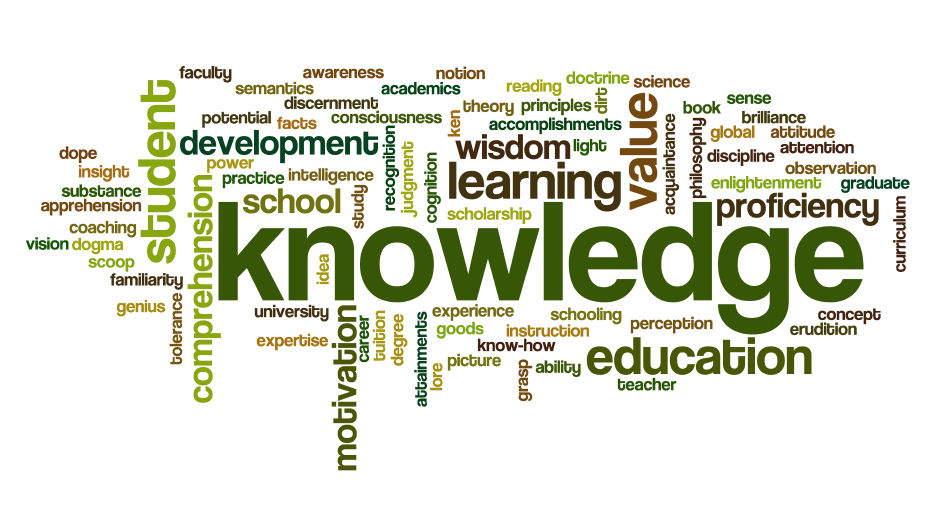Moving Word Clouds: An Engaging Way to Visualize Data
 Lucky Wheel
Lucky Wheel
Word clouds have become a popular visualization tool, allowing users to represent data using scaled text. While they may not be the most accurate way to compare values, they are visually appealing and easy to understand. In this article, we will explore how to create moving word clouds and the various options available to customize them.
Pasting Raw Text
One common use case for word clouds is to convey the content and tone of a piece of text, such as a speech, article, or novel. To create a word cloud using raw text, simply paste the text into the template. The template will automatically calculate the frequency of the words and visualize the results. For example, you can drop in the entire text of a historical document, like the Magna Carta, and create an engaging word cloud.
Manually Inputting Word Frequencies
In some situations, you may already have a dataset with word frequencies. You can even include a column of categories to create more meaningful visualizations. For instance, you can use a dataset of countries with columns for population and regions to visualize global population in a fun and interactive way.
Customizing Your Word Cloud
Word clous generators such as AhaSlides, Flourish or WordItCloud provide a wide range of settings to customize your word cloud graphic. You can define the range of word angles, adjust the spacing between words, and choose the scaling method. Linear scaling reflects the size of each word directly proportional to its value, while logarithmic or square root scaling compresses the variation to avoid outliers dominating the visualization.
Taking Word Clouds to the Next Level with Animation
One of the unique features of online word cloud generators is the ability to add animation to your word clouds. Animations can bring your visualizations to life and make them more engaging for your audience. In the Animation settings, you can choose whether words entering the cloud should grow or fade into their position.
Best Practices for Using Word Clouds
While word clouds are visually appealing, it's essential to use them appropriately and consider their limitations. Here are some best practices to keep in mind:
Use word clouds for conveying content and tone rather than precise data comparison.
Consider adding additional graphics or visualizations if precise value comparison is essential.
Be mindful of the prominence of words based on their length, as longer words tend to be visually more prominent.
Choose the appropriate text-entry mode based on your data size. For extremely long texts, pre-computing word frequencies using external tools is recommended.
Customize your word cloud settings to ensure it aligns with your branding and design preferences.
Utilize animation to enhance the interactivity of your word clouds and guide the audience's attention.
Conclusion
Moving word clouds offer an engaging and visually appealing way to represent data using scaled text. By leveraging the animation feature, you can bring your visualizations to life and make them more interactive. However, it is crucial to use word clouds appropriately and consider their limitations. With these best practices in mind, you can create compelling and informative word clouds that captivate your audience.
Subscribe to my newsletter
Read articles from Lucky Wheel directly inside your inbox. Subscribe to the newsletter, and don't miss out.
Written by
